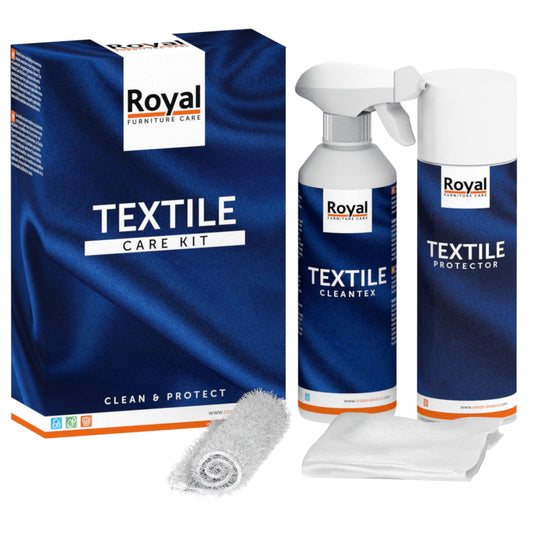A leather sofa bed is a stylish and durable investment, adding a touch of sophistication to your home. However, it's not immune to everyday accidents, and scratches (whether from a pet, jewelry, or sharp object) can quickly mar its appearance. Don't panic! It's often possible to repair scratches on a leather sofa and restore its original appearance, provided you use the right methods and products.
This detailed guide will explain step by step how to reduce or even remove scratch marks on your precious leather sofa bed .
Identify the type of leather and the depth of the scratch
The repair method will depend on the type of leather and the severity of the scratch.
Leather type
- Pigmented (protected) leather: This is the most common. It is covered with a protective top coat (paint and varnish). It is durable and easy to maintain. Scratches are often superficial.
- Aniline leather (unprotected): This is a very natural leather, soft to the touch, but without a protective layer. It is more delicate and absorbs liquids. Scratches are more visible and more difficult to repair.
- Nubuck/suede leather: Leather is sanded for a velvety feel. Very sensitive to stains and scratches. Requires specific products.
Depth of the scratch
- Superficial: only the top layer is affected, the color of the leather is not deeply altered.
- Medium: The scratch has penetrated the topcoat and reached the color of the leather, but without tearing.
- Deep / Tear: The leather fiber is damaged, there is a hollow or a tear.
Important: Always test products on a hidden part of the sofa before applying them to the visible area.

Methods of repairing scratches
For very superficial scratches (on pigmented leather)
These scratches are often simple marks on the varnish.
Soft cloth and heat (hair dryer):
- Gently rub the scratch with a clean, soft cloth.
- Run a hairdryer over the area on low heat (not too close to avoid burning the leather). The heat can help the polish "reposition" itself.
- Massage again with the cloth.
Vegetable oil (olive, linseed) or petroleum jelly:
- Apply a small amount of oil or petroleum jelly to a clean cloth.
- Gently rub the scratch in circular motions.
- The oil will nourish the leather and fade the mark. Wipe off any excess.
For medium scratches (on pigmented leather)
The color of the leather is slightly affected.
Repair cream / balm for tinted leather:
- Clean the area with a mild leather cleaner.
- Apply a small amount of repair cream (in the color of your sofa if possible, or neutral) with a soft cloth.
- Massage gently in circular motions. The cream will fill in the scratch and revive the color.
- Let dry and polish.
Leather repair kit:
These kits often contain a repair paste, tints to reproduce the exact color, and a fixative. Follow the kit's instructions carefully. This usually involves cleaning, applying the filling paste, tinting, and fixing.
For deep scratches or small cuts
These repairs are more technical and require more patience.
Specific repair paste for leather:
- Clean the area.
- Apply a thin layer of repair paste (often called "liquid leather" or "repair resin") using a spatula to fill the hollow of the scratch.
- Smooth and let dry according to the instructions. You may need to apply several thin coats.
- Once dry, the area can be sanded very gently with very fine sandpaper (600 grit or higher) if necessary, then cleaned.
Color retouching:
After filling the scratch, it's often necessary to reapply a leather dye in the exact color of your sofa. Apply it in thin layers with a pad or small brush. Finish with a leather fixative or protective varnish to seal the color and protect the repaired area.
For delicate leathers (aniline, nubuck/suede)
These leathers require specific products and great care.
- Aniline: Use cleaning and care products specifically formulated for aniline leather. Scratches can be faded with nourishing balms, but color repair is more complex and often requires professional intervention.
- Nubuck/suede: Use a special suede/nubuck brush to "erase" the scratch. Color-restoring sprays can help revive the color. Avoid any greasy or liquid products that could permanently stain.
After the repair: preventive maintenance
Once your sofa is repaired, regular maintenance is the key to preventing further scratches and prolonging the life of your leather.
- Regular cleaning: Dust and clean your sofa with a soft cloth and a suitable leather cleaner every 3 to 6 months.
- Moisturizing: Apply a nourishing leather lotion or cream 2 to 4 times a year. Well-moisturized leather is more supple and less prone to cracking and deep scratches.
- Pet Protection: If your pets are the cause of the scratching, consider claw guards, protective covers, or a cat tree to distract them.
Conclusion: Bring your leather sofa back to life!
Scratches on a leather sofa bed aren't inevitable. With the right techniques and a little patience, you can fade or even eliminate most marks. Identifying the type of leather and the depth of the scratch is the first step toward a successful repair. And remember: regular maintenance is the best way to prevent damage and keep your sofa looking its best for years to come.
Discover the Convertible Center leather convertible sofas right here .
READ ALSO: The convertible sofa: your ally for seasonal rentals (Airbnb, gîtes)











